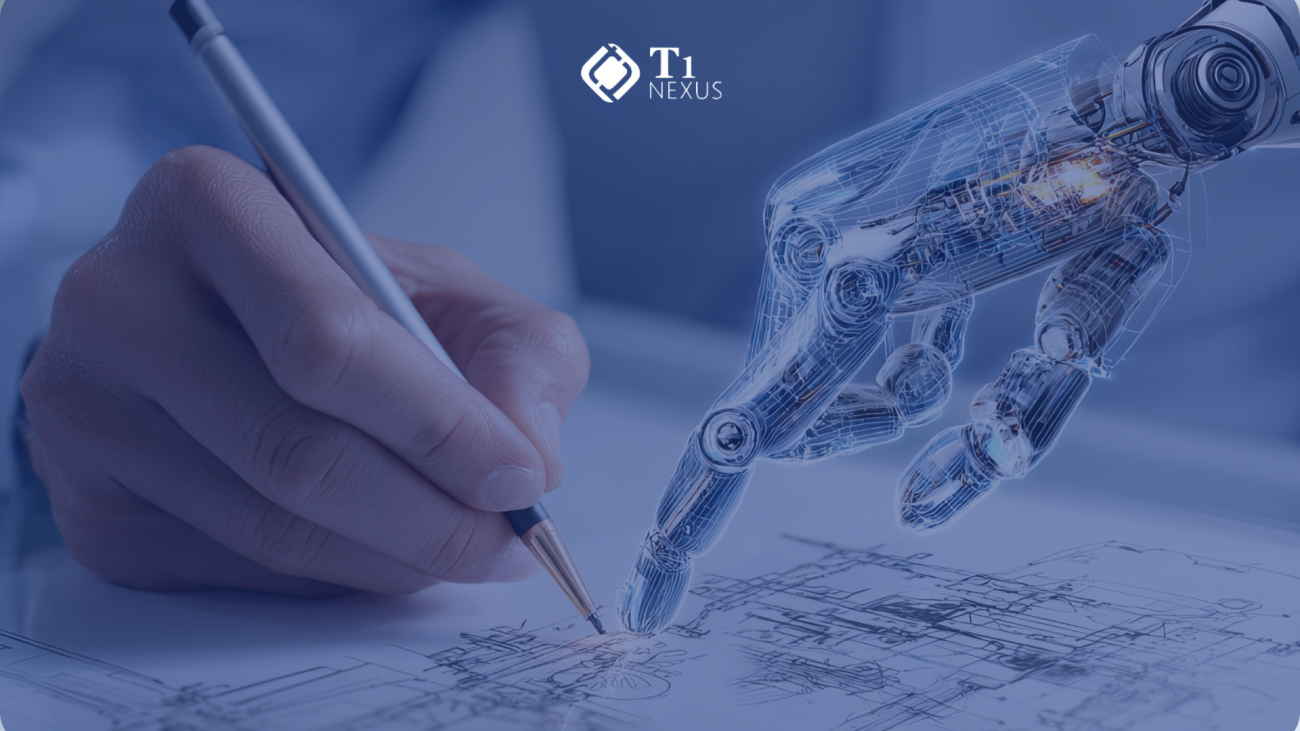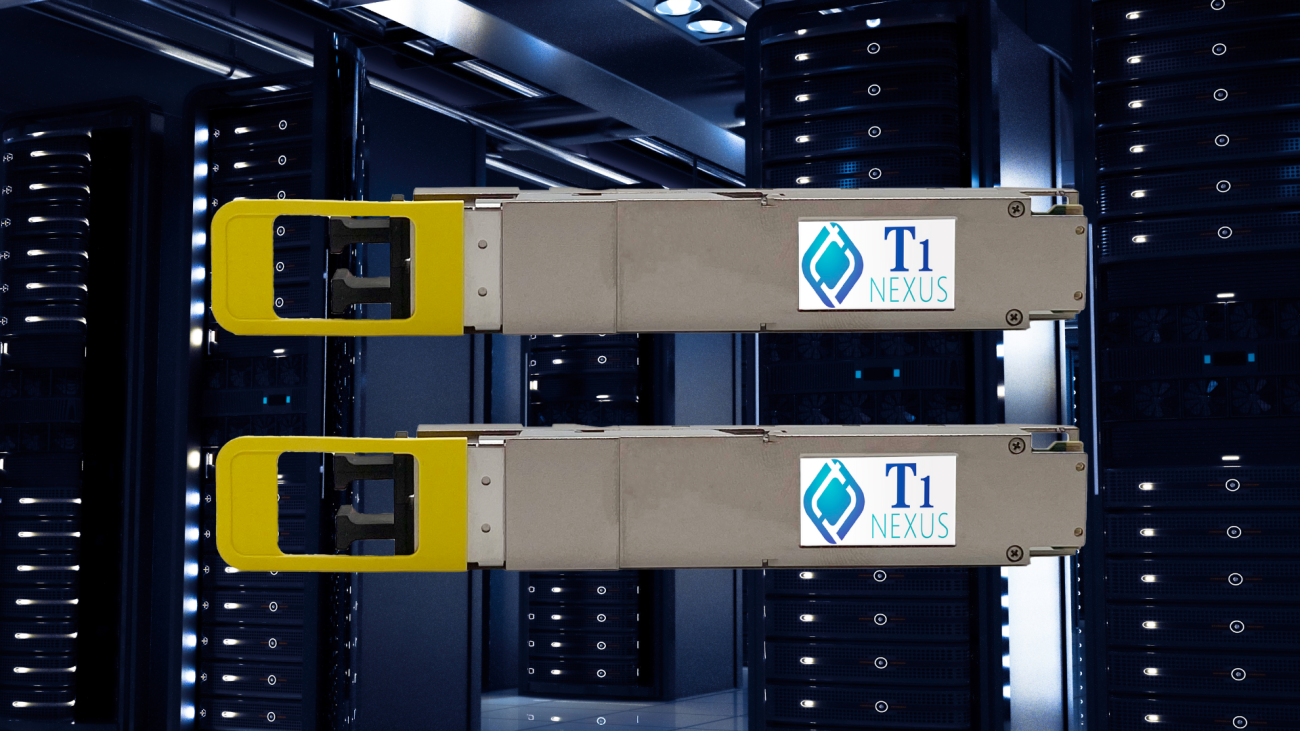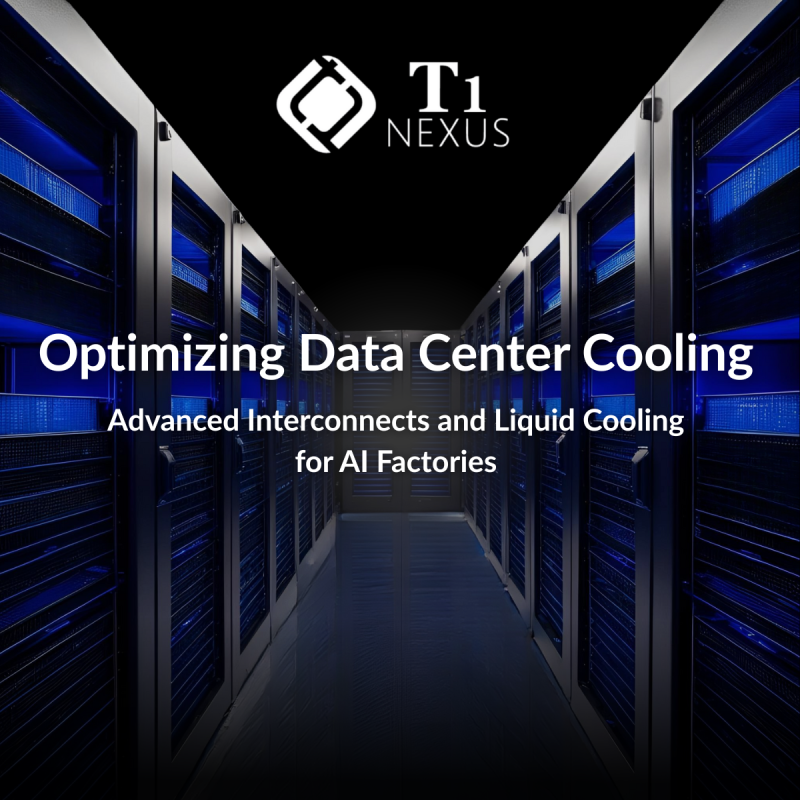
Resources
Liquid Cooling: Myth vs Reality in AI Data Centers

As AI workloads evolve from experimental to mission-critical, the infrastructure supporting them must evolve too. One of the most misunderstood—and often underestimated—components of this evolution is liquid cooling. Specifically, immersion cooling.
Let’s be clear: immersion cooling isn’t a fringe concept. It’s a strategic enabler for AI factories, and it’s already reshaping how hyperscalers and neocloud providers build for scale, efficiency, and sustainability. But myths persist. Let’s unpack them.
Myth #1: Liquid Cooling Is Risky and Unproven
Reality: Immersion cooling has matured. It’s not a science experiment—it’s a production-ready solution deployed in some of the most demanding AI and HPC environments. At T1Nexus, we’ve engineered interconnects that thrive in submerged conditions, with sealed designs and high-speed performance that meet the thermal and signal integrity demands of modern AI workloads.
Myth #2: It’s Only for Niche or Experimental Use
Reality: AI workloads are pushing traditional air-cooled systems past their limits. Immersion cooling isn’t niche—it’s necessary. Our recent eBook explores how hybrid and liquid cooling strategies are becoming mainstream, especially in regions with power constraints or sustainability mandates.
Myth #3: It’s Too Complex to Deploy at Scale
Reality: Complexity is a design challenge—not a dealbreaker. T1Nexus simplifies immersion adoption with plug-and-play interconnects, short lead times, and pre-configured kits. We’ve optimized for operational logistics, from global drop-shipping to compliance-ready specs. Our goal: make immersion cooling as deployable as it is powerful.
Myth #4: Liquid Cooling Doesn’t Impact Interconnect Strategy
Reality: It absolutely does. Immersion environments demand interconnects that resist fluid ingress, maintain signal integrity under thermal stress, and support dense configurations. T1Nexus leads here, with purpose-built transceivers and cables designed for submerged performance.
Why It Matters
AI factories are no longer theoretical—they’re being built today. Cooling isn’t just a support function; it’s a strategic differentiator. By embracing immersion cooling, CTOs can unlock higher compute density, lower energy costs, and future-proof scalability.
Want to Go Deeper?
Download our eBook, Discover Smarter Cooling Strategies for AI Factories, to explore the full landscape of liquid and hybrid cooling innovations—and how T1Nexus is helping partners lead the way.












